Change Management: Navigating Successful Transitions
When launching new initiatives or projects, organizations must go through a crucial process called change management. Understanding how change will affect people, teams, and the entire organization is necessary for successfully guiding people through the shift. User Acceptance Testing (UAT) and training are crucial components of change management, but they only cover a small portion of its overall breadth. We will discuss what change management comprises and why it is essential for getting successful results in any transformative endeavor in this blog article.
A comprehensive strategy for moving from the present condition to a desired future one is included in change management. It starts by acknowledging that people are impacted by change at different organizational levels and throughout the course of a project. Organizations may reduce resistance to change, boost participation, and support a smoother transition by proactively addressing the human element of that change.
A number of essential elements go into effective change management. It demands early engagement and planning, first and foremost. Significant obstacles and resistance might arise if change management is postponed or ignored entirely. Organizations can set themselves up for success by starting change management initiatives as soon as the project is conceived.
Another essential component of change management is having a thorough understanding of the affected people and teams. This entails determining what will change for them and offering the required resources and assistance to get them ready for the upcoming transition. Change management requires understanding who will be impacted and how the change will affect their roles and duties, much like gathering requirements before beginning a project.
The emotional journey that people typically take when transitioning is illustrated by the change curve. Beginning with doubt and denial, it descends before rising to acceptance and problem-solving. By assisting people in passing through the early stages more quickly and without as much resistance as possible, change management seeks to flatten this curve. Organizations can speed up the adoption of new procedures, procedures, systems, or tools by doing this.
If change management is neglected or put off people may get trapped in the bottom section of the curve, which is marked by uncertainty, blame, and resistance. This might cause stress and reluctance to accept the change, which eventually jeopardizes the project’s success. Organizations can proactively address concerns, allay anxieties, and lead people toward acceptance and involvement by beginning change management early.
Change management is a multidimensional discipline that is essential to the execution of projects successfully. It encompasses the full change process, from planning and preparation through adoption and integration, going beyond training and UAT. Organizations may reduce resistance, maximize involvement, and raise the possibility of attaining desired results by giving change management top priority from the start of the project.
Effective transition management requires an understanding of the human element of change and the provision of people and teams with the right resources, encouragement, and direction. Organizations may foster a culture where people welcome change and collaborate to achieve common goals by proactively addressing concerns, regulating emotions, and enabling a smooth transition.
In conclusion, change management is a continual activity that promotes organizational resilience and flexibility, not just a box to be checked during project implementation. Organizations can position themselves for success in a constantly changing business environment by adopting change management as a core component of each transformative endeavor.
Check out our podcast episodes to learn more!

Recent Comments